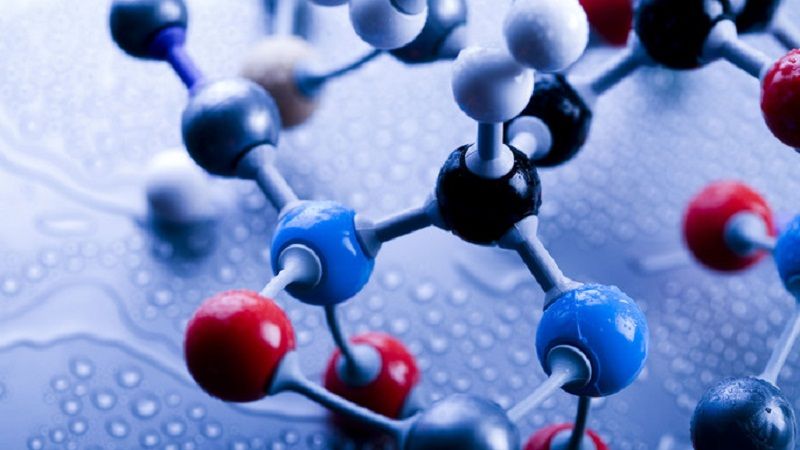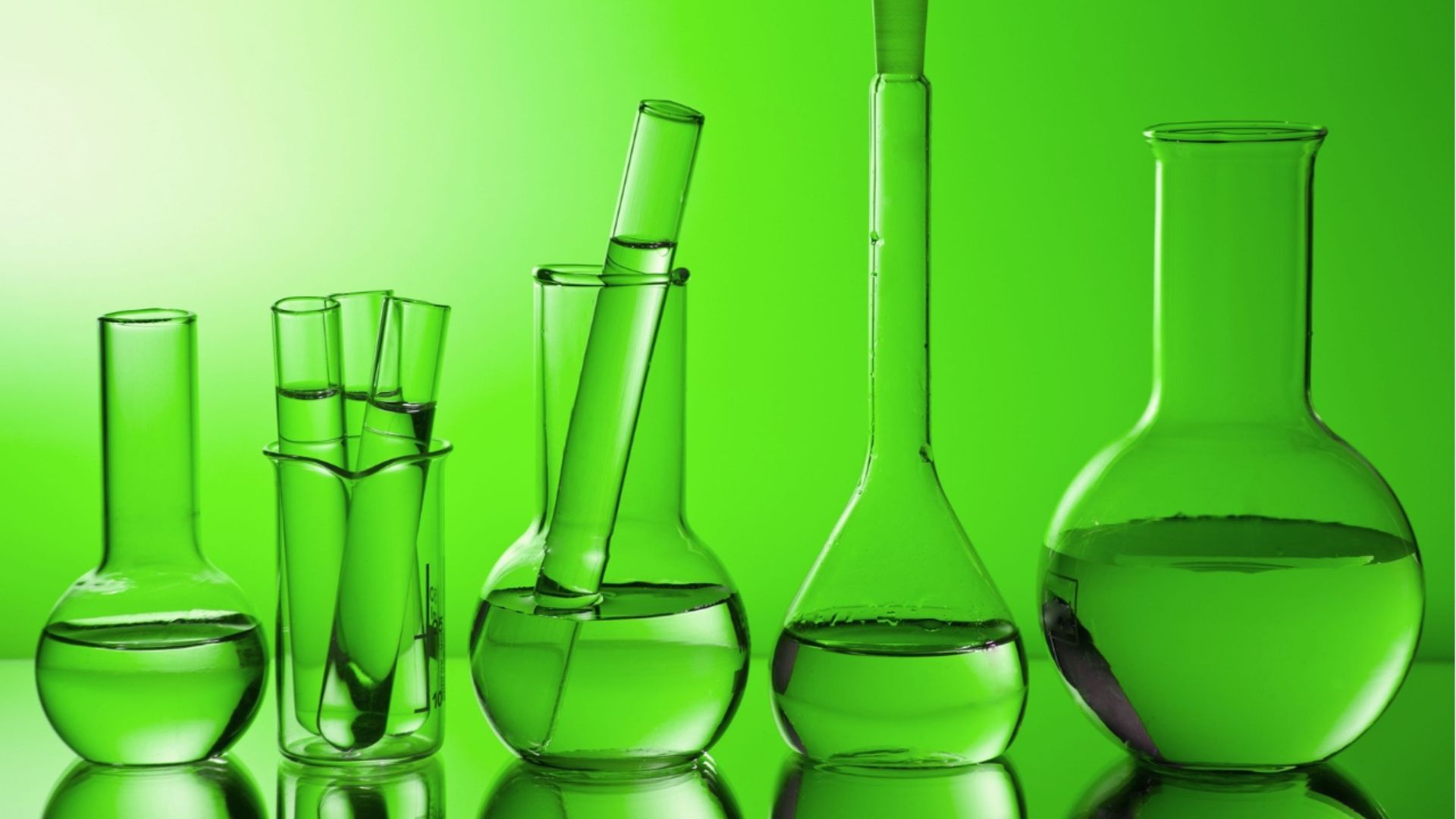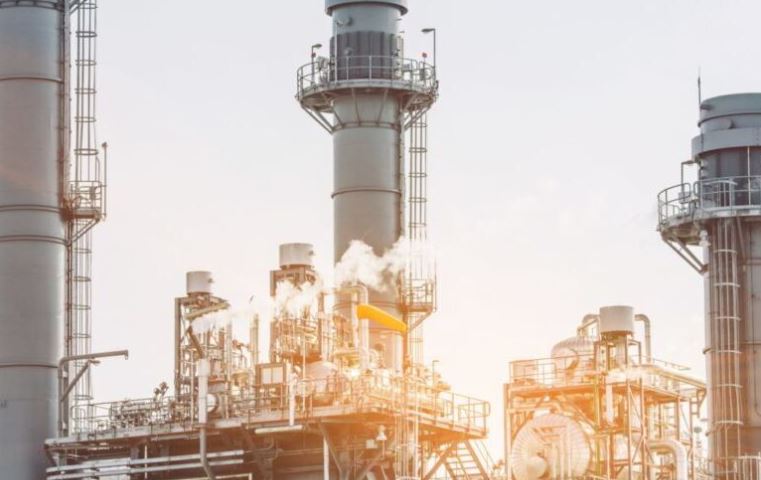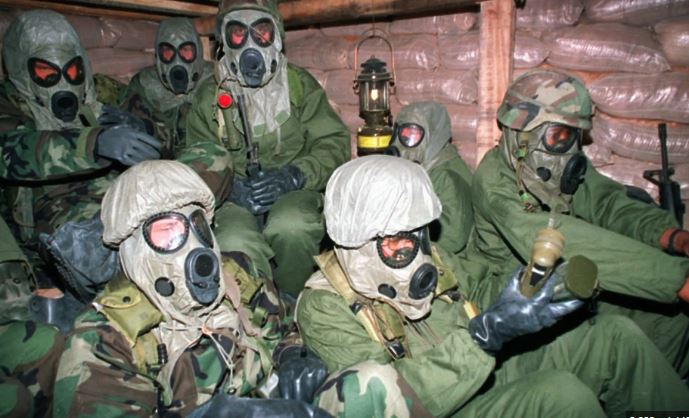Biochemistry is a branch of science that delves into the chemical processes and substances that are fundamental to living organisms. By studying biochemistry, we gain insight into the molecular mechanisms that drive biological functions, from energy production to genetic information processing. This guide provides an overview of key concepts in biochemistry, including biomolecules, metabolic pathways, and the role of enzymes in life processes.
1. What is Biochemistry?
1. Definition: Biochemistry combines principles of chemistry and biology to understand how chemical processes influence living organisms. It focuses on the molecular mechanisms that sustain life.
2. Key Areas of Study:
- Biomolecules: Understanding the structure and function of molecules such as proteins, nucleic acids, lipids, and carbohydrates.
- Metabolic Pathways: Exploring how cells convert nutrients into energy and building blocks for growth.
- Enzymes: Studying how biological catalysts accelerate chemical reactions and regulate metabolic processes.
2. Biomolecules

Biochemistry
1. Proteins:
- Structure: Proteins are composed of amino acids linked by peptide bonds. They have primary, secondary, tertiary, and quaternary structures that determine their function.
- Functions: Proteins play diverse roles, including acting as enzymes, structural components, transporters, and signaling molecules.
- Examples: Hemoglobin (oxygen transport), enzymes (catalysts), and antibodies (immune defense).
2. Nucleic Acids:
- DNA (Deoxyribonucleic Acid): DNA carries genetic information and is composed of nucleotides containing adenine, thymine, cytosine, and guanine.
- RNA (Ribonucleic Acid): RNA is involved in translating genetic information into proteins and includes types like mRNA, tRNA, and rRNA.
- Functions: DNA stores genetic information, while RNA plays a role in gene expression and protein synthesis.
3. Lipids:
- Types: Lipids include fats, oils, phospholipids, and steroids. They are hydrophobic and play essential roles in energy storage, membrane structure, and signaling.
- Functions: Lipids serve as a source of energy, form cell membranes, and act as hormones.
4. Carbohydrates:
- Types: Carbohydrates include sugars, starches, and cellulose. They are composed of carbon, hydrogen, and oxygen.
- Functions: Carbohydrates provide energy, serve as structural components, and are involved in cell recognition processes.
- Examples: Glucose (energy source), glycogen (energy storage), and cellulose (plant cell walls).
3. Metabolic Pathways
1. Cellular Respiration:
- Process: Cellular respiration is the process by which cells convert glucose and oxygen into ATP (adenosine triphosphate), carbon dioxide, and water.
- Stages: Includes glycolysis, the citric acid cycle (Krebs cycle), and oxidative phosphorylation (electron transport chain and chemiosmosis).
- Importance: Provides energy for cellular activities and maintains homeostasis.
2. Photosynthesis:
- Process: Photosynthesis is the process by which plants, algae, and certain bacteria convert light energy into chemical energy stored in glucose.
- Stages: Includes light-dependent reactions (occurring in the thylakoid membranes) and the Calvin cycle (occurring in the stroma).
- Importance: Produces oxygen and organic compounds essential for life on Earth.
3. Metabolic Regulation:
- Enzyme Regulation: Enzymes control metabolic pathways through mechanisms such as allosteric regulation, covalent modification, and feedback inhibition.
- Hormonal Regulation: Hormones like insulin and glucagon regulate metabolic processes such as glucose homeostasis.
4. Enzymes
1. Definition: Enzymes are biological catalysts that accelerate chemical reactions without being consumed. They lower the activation energy required for reactions to proceed.
2. Mechanism:
- Active Site: The region of the enzyme where the substrate binds and the reaction occurs.
- Enzyme-Substrate Complex: The temporary complex formed when an enzyme binds to its substrate.
- Enzyme Kinetics: The study of how enzyme activity varies with factors such as substrate concentration, temperature, and pH.
3. Types of Enzymes:
- Hydrolases: Enzymes that catalyze hydrolysis reactions, such as proteases and lipases.
- Oxidoreductases: Enzymes that facilitate oxidation-reduction reactions, such as dehydrogenases and oxidases.
- Transferases: Enzymes that transfer functional groups between molecules, such as kinases and transaminases.
5. Applications of Biochemistry
1. Medicine:
- Drug Development: Biochemical research aids in the design of drugs targeting specific enzymes or receptors.
- Diagnostic Tests: Biochemical assays are used to diagnose diseases and monitor health.
2. Agriculture:
- Genetic Engineering: Biochemistry enables the modification of crops for improved yield and resistance to pests.
- Soil Health: Understanding biochemical processes helps optimize soil conditions for plant growth.
3. Environmental Science:
- Bioremediation: Utilizes microorganisms to break down pollutants and restore contaminated environments.
- Climate Change Research: Studies biochemical cycles such as carbon and nitrogen to understand their impact on climate change.
Conclusion
Biochemistry provides a comprehensive understanding of the chemical processes that sustain life. By studying biomolecules, metabolic pathways, and enzyme mechanisms, we gain insights into how living organisms function and maintain health. The applications of biochemistry extend across various fields, including medicine, agriculture, and environmental science, highlighting its importance in addressing global challenges and advancing scientific knowledge.




